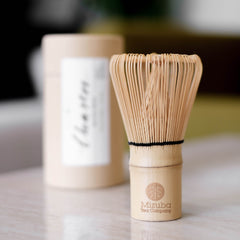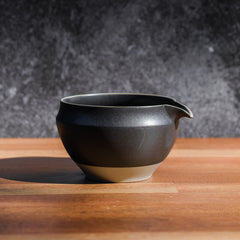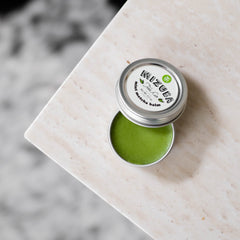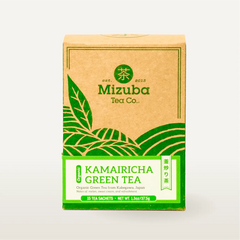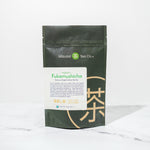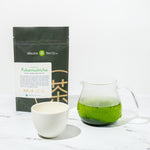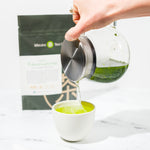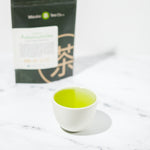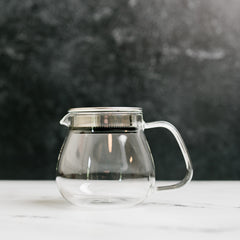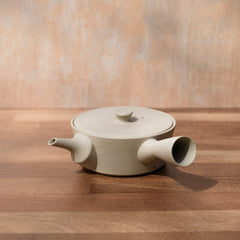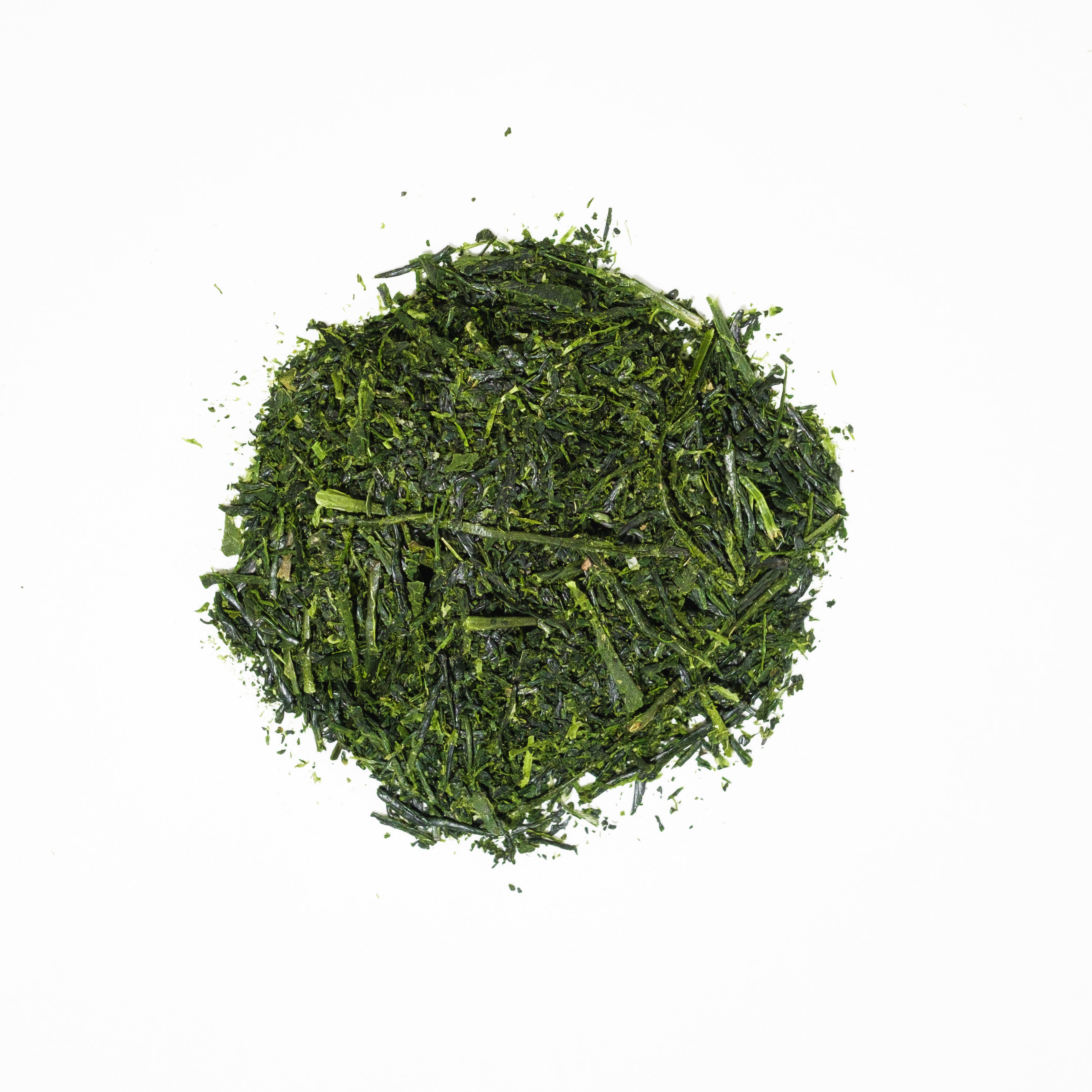
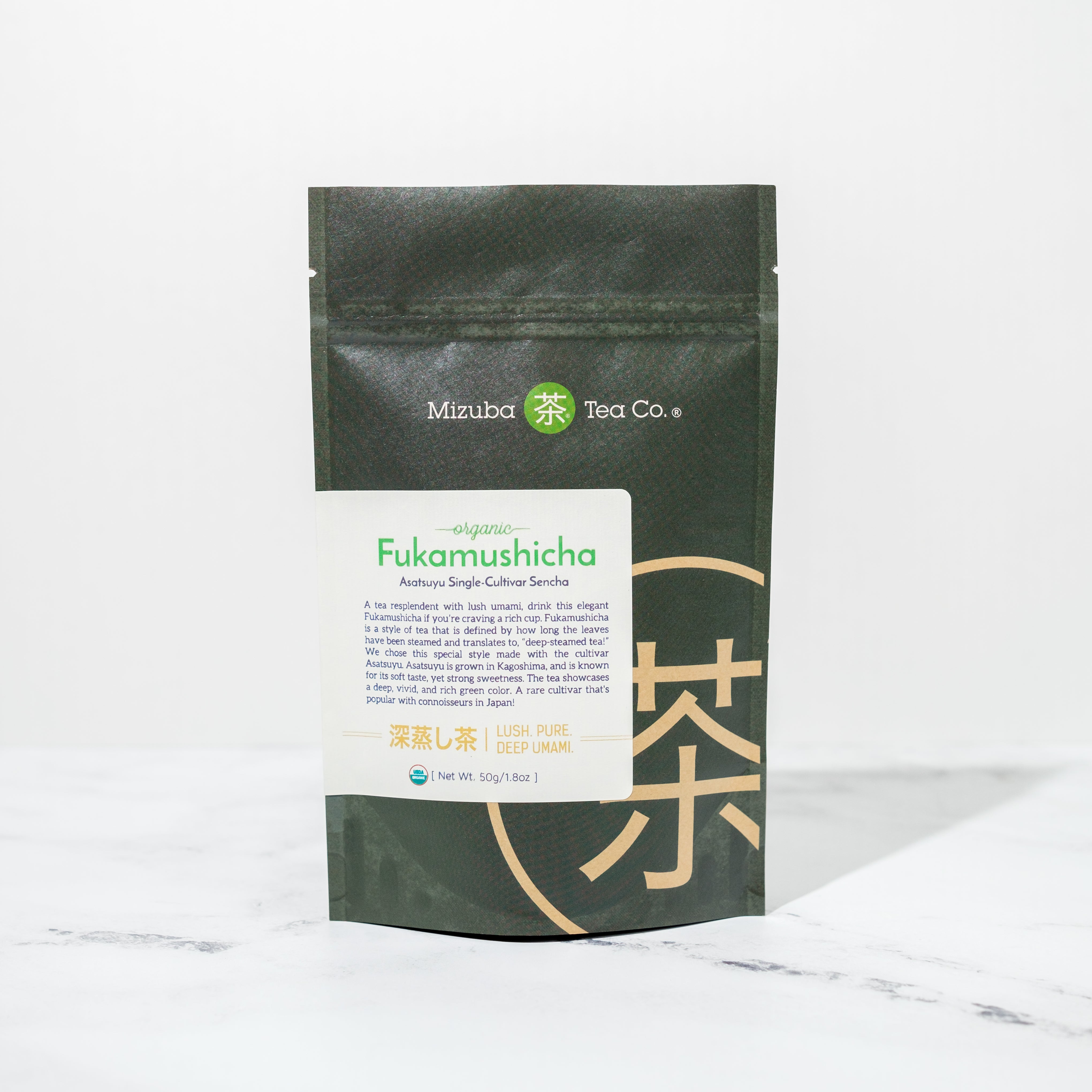
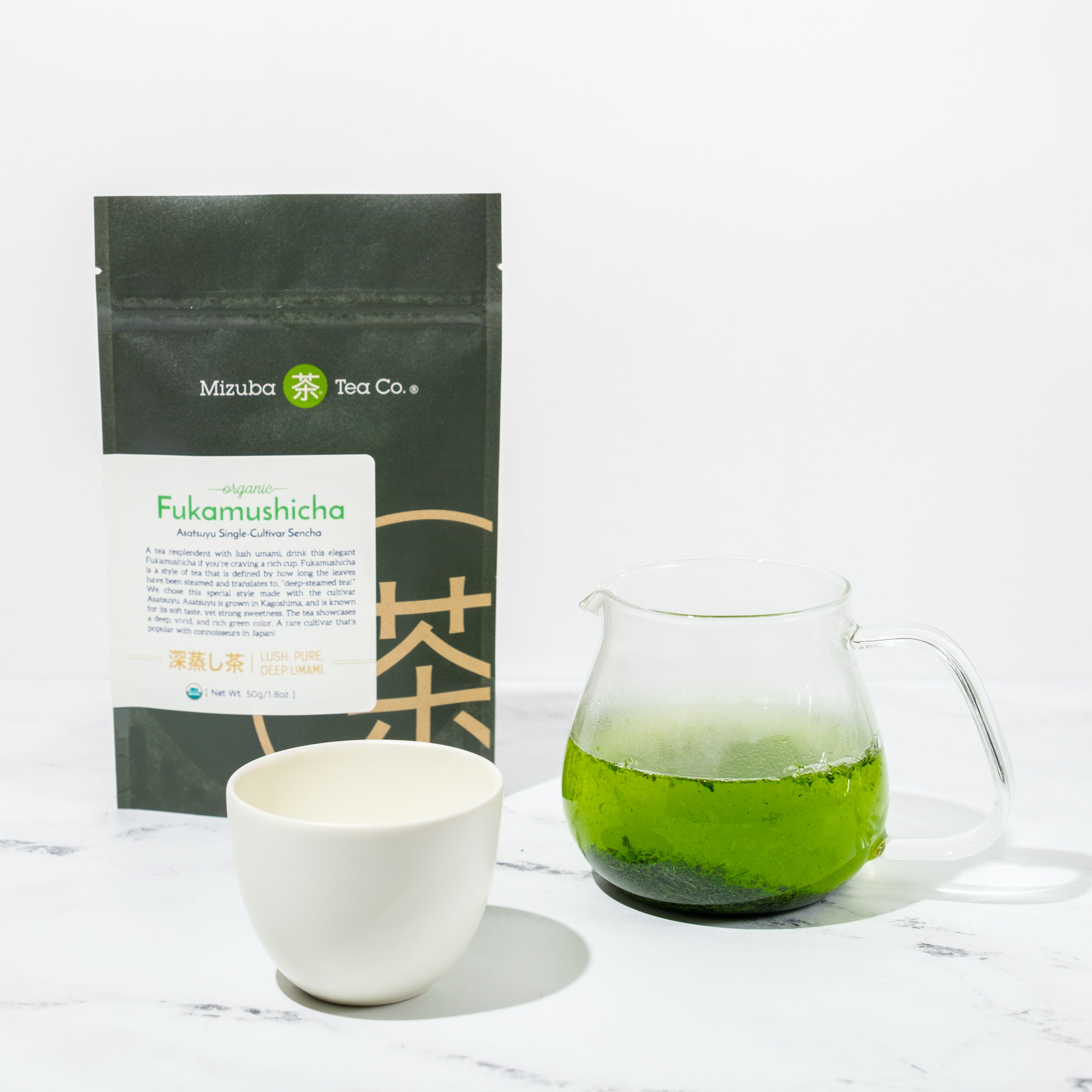
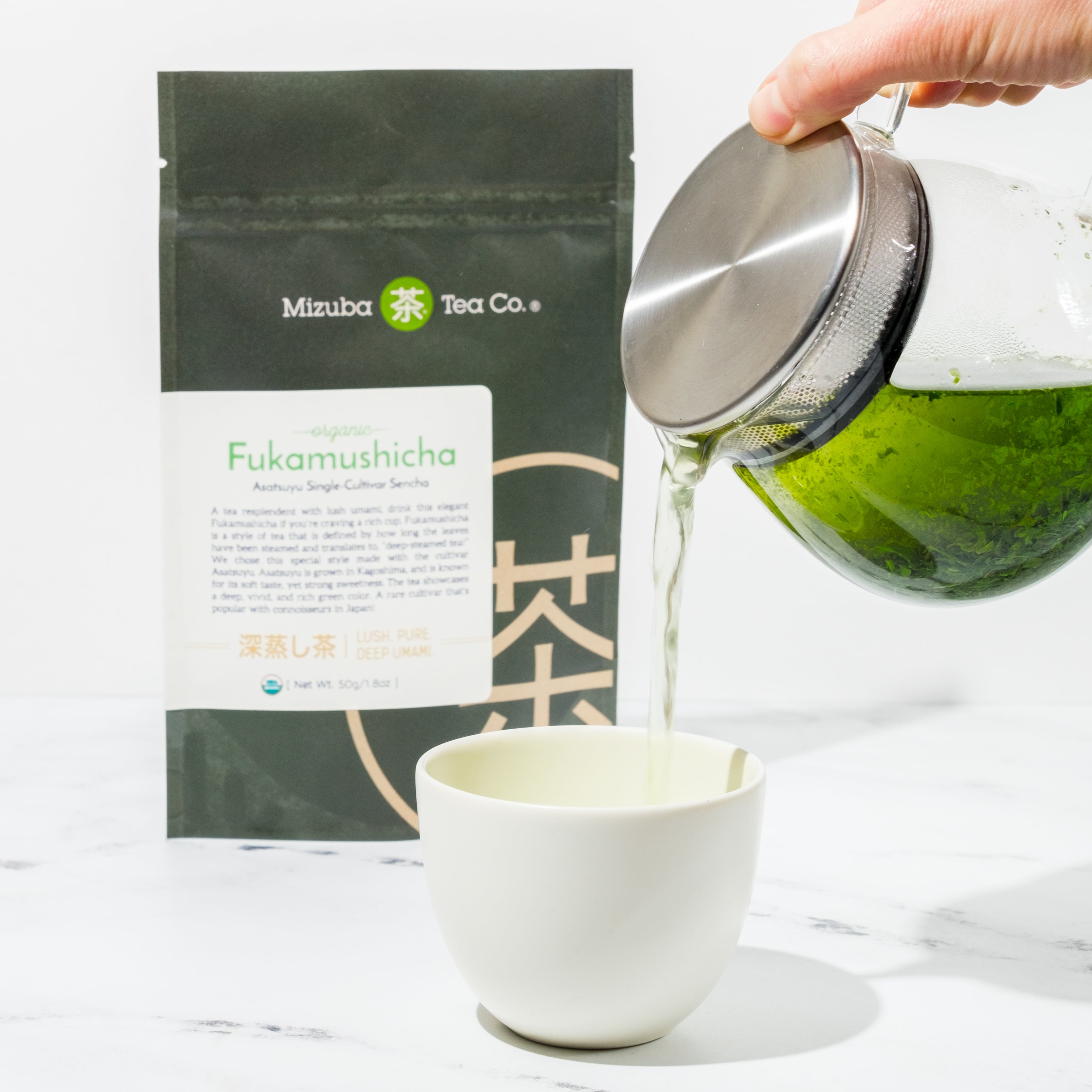
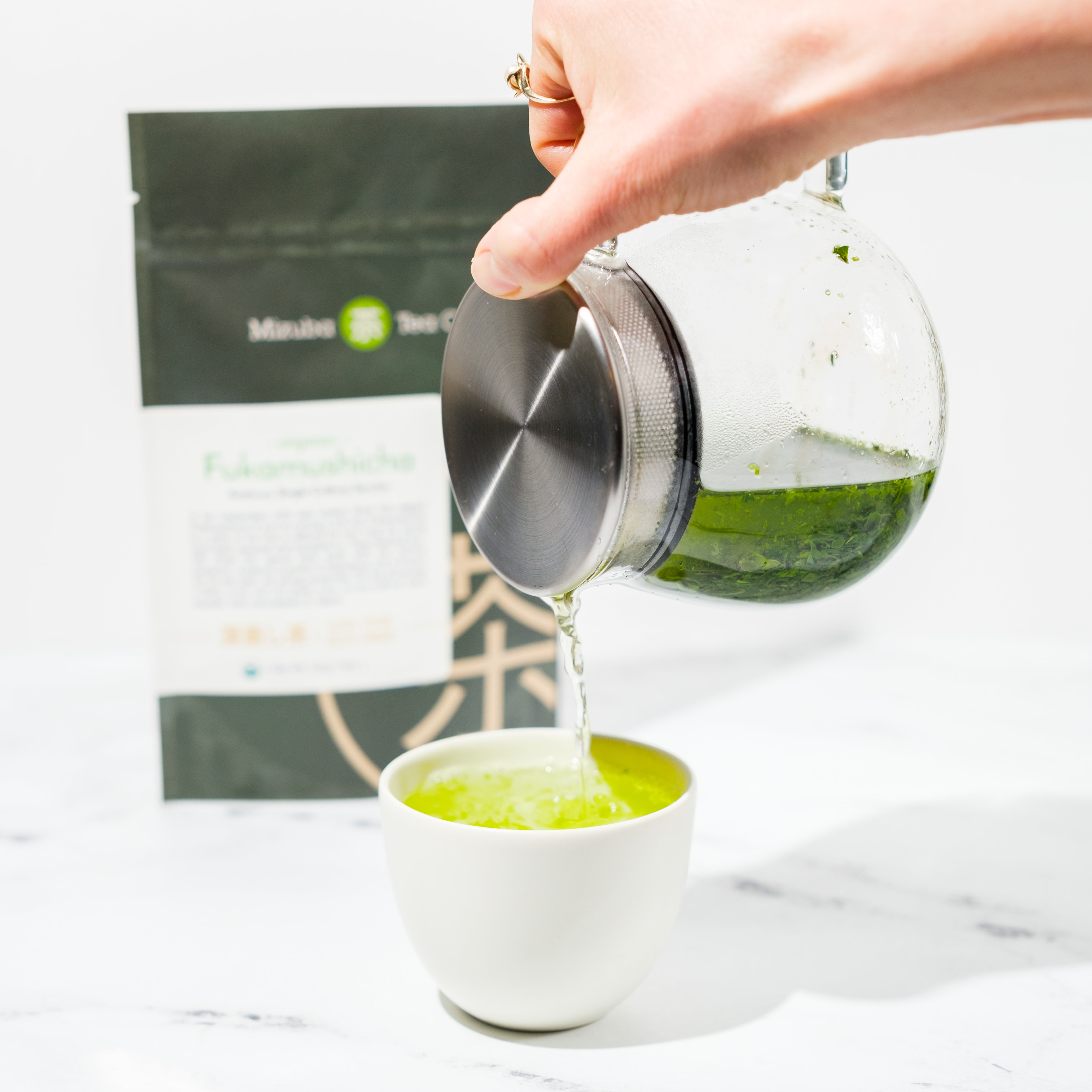

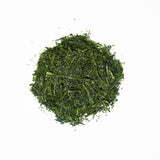
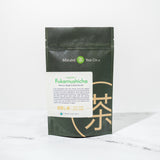
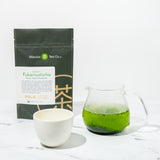
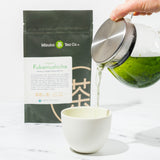
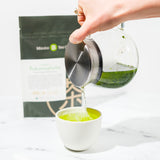
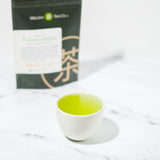
Organic Fukamushicha Asatsuyu – Deep Steamed Sencha
- Description
- Tasting Notes
Fukamushicha is quite a comforting and popular tea in Japan – rich, full-bodied, and delightfully FULL of umami. However, given how punchy this tea can be, it can be difficult to find one that is dynamic with nuanced flavor and character. There are lots of good fukamushicha out there – but as always, Mizuba is after teas that taste truly excellent and offer something a bit above the pedestrian.
We're pleased to showcase a new cultivar to the Mizuba collection - Asatsuyu. Asatsuyu is grown in Kagoshima, and is known for its soft taste, yet strong sweetness – perfect to taste in fukamushicha's particular style. The tea showcases a deep, vivid, and rich green color. A rare cultivar that's popular with connoisseurs in Japan!
深蒸し茶
Aroma: lush sweet pea, slightest hint of Tanzanian vanilla bean.
Flavor profile: most will immediately detect pure, rich umami. However, look for the spring pea note from its aroma that stays through to the taste. You'll also experience a satisfying yet clean body. One of our team members was immediately reminded of fresh Hawaiian soil after it rains in the islands – we love how transportive tea can be!!!
Store in a cool, dark location. Best consumed within 3 months.
Organic Fukamushicha Asatsuyu – Deep Steamed Sencha
Brew Guide

180ml (6oz)

5g (2tsp)

175ºF

30 seconds - 1 minute. We recommend experimenting with 45 seconds.

Tea Details:
Location: Kirishima City, Kagoshima
Harvest Season: first flush, Spring
Cultivar: Asatsuyu
What is Fukamushicha?
Fukamushicha directly translates to "deep-steamed tea" in Japanese. Indeed, the defining factor of this style is the length of time the tea leaves are subjected to steaming while being processed.
The longer the steam, the more the tea leaf's cellular structure is broken down which is why you don't *generally* see long, intact rolled tea leaves in Fukamushicha (but you'll see some beautiful leaves in Mizuba's pick!).
Fukamushi can be deep steamed for nearly 40 to 60 seconds—twice as long as other green teas.

- Related products
- Recently viewed
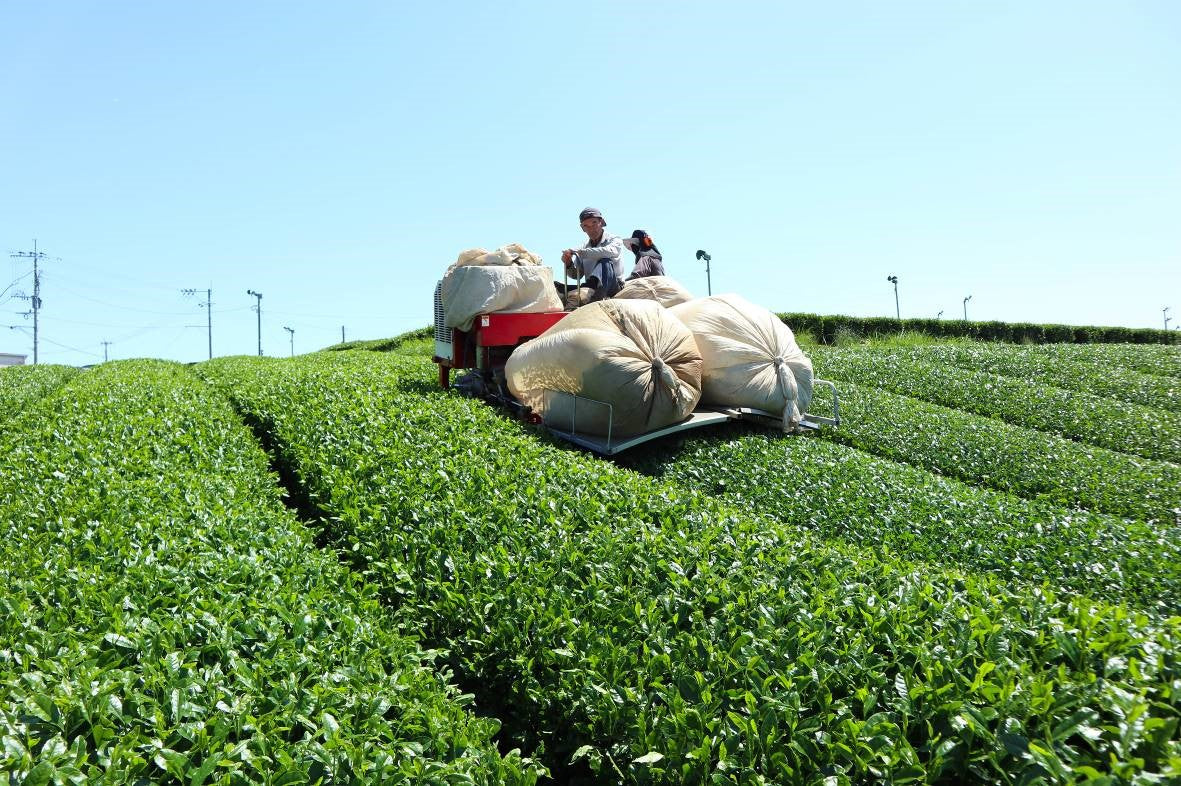
Featured post
A Guide to Harvesting Tea Leaves: An Essential Process in Japanese Green Tea
As with all processes in crafting Japanese green tea, harvesting tea leaves is an intricate skill that takes years to master. Much of the year is dedicated to the elaborate...


